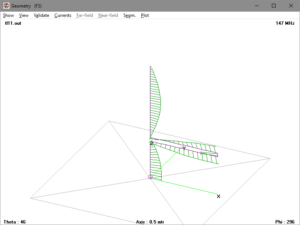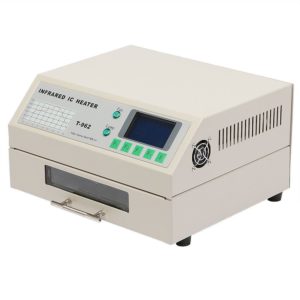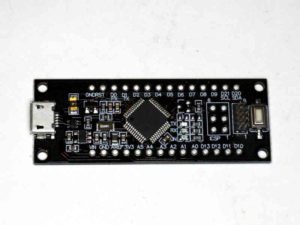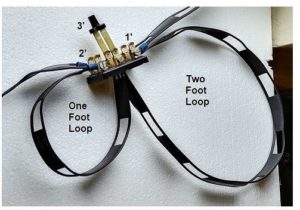An exploration of a cophased collinear array with coax phasing stubs explored various structures for encouraging co-phase operation of a 3/4λ vertical over perfectly conducting earth (PCE).
This article expands that set with NEC-4.2 models of some variations on the traditional Franklin form of the antenna.
Let’s start with review of the traditional Franklin form
Franklin form
The graphic above shows the topology of the Franklin form. It comprises a half wave vertical element over a quarter wave element, with a quarter wave horizontal s/c stub as the device to encourage co-phased operation of the elements. The current magnitude and phase distribution is shown in green. Continue reading Co-phased collinear for 2m – discussion of phasing devices









